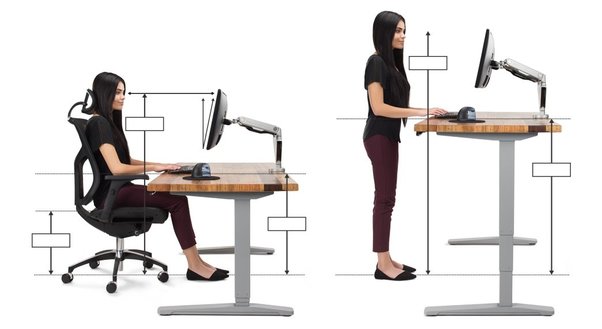In today’s increasingly diverse workplace, one important aspect that facility managers must consider is adapting their facilities to accommodate an aging workforce. As the demographic of employees shifts towards older age groups, it becomes essential to ensure that work environments are safe, comfortable, and accessible to all, regardless of age.
Reducing Physical Strain and Preventing Injuries
Ergonomic design plays a crucial role in adapting facilities for older employees. This includes adjustable chairs and desks, adequate lighting to reduce eye strain, and anti-fatigue mats for those who stand for long periods. These modifications can help reduce the physical strain on older workers and prevent workplace injuries.

Accessibility: Ensuring Inclusive Facilities
Accessibility is another key consideration. Facilities should be designed or modified to be more accessible, which might involve installing ramps, stairlifts, or elevators, and ensuring that doorways and hallways can accommodate mobility aids. Bathrooms may also need to be adapted with grab bars and other assistive devices.
Creating a Supportive and Inclusive Environment
Another important aspect is creating a supportive and inclusive environment. This can be achieved through design elements that encourage interaction and collaboration among employees of all ages. For instance, communal spaces, break rooms, and flexible seating arrangements can foster a sense of community and belonging.

User-Friendly Solutions for All Ages
Technological adaptations are also important. Providing technology that is user-friendly for all age groups, including larger monitors, user-friendly software interfaces, and assistive listening devices, can help older employees work more effectively and comfortably.
Tailoring Programs to Older Employees
Facility managers should also consider the specific health and wellness needs of an aging workforce. This might involve offering health and wellness programs tailored to older employees, providing onsite medical facilities, or designing quiet spaces for rest and relaxation.
Adapting Workspaces for an Aging Workforce
Adapting facilities for an aging workforce requires a thoughtful and inclusive approach to design and management. It’s about creating environments that not only meet the physical needs of older employees but also promote a culture of respect and inclusivity.
Conclusion
In conclusion, as the workforce ages, the role of facility management in adapting workspaces becomes increasingly important. By implementing ergonomic, accessible, and inclusive designs and practices, facility managers can ensure that their facilities meet the needs of all employees, thereby enhancing productivity, safety, and job satisfaction.







